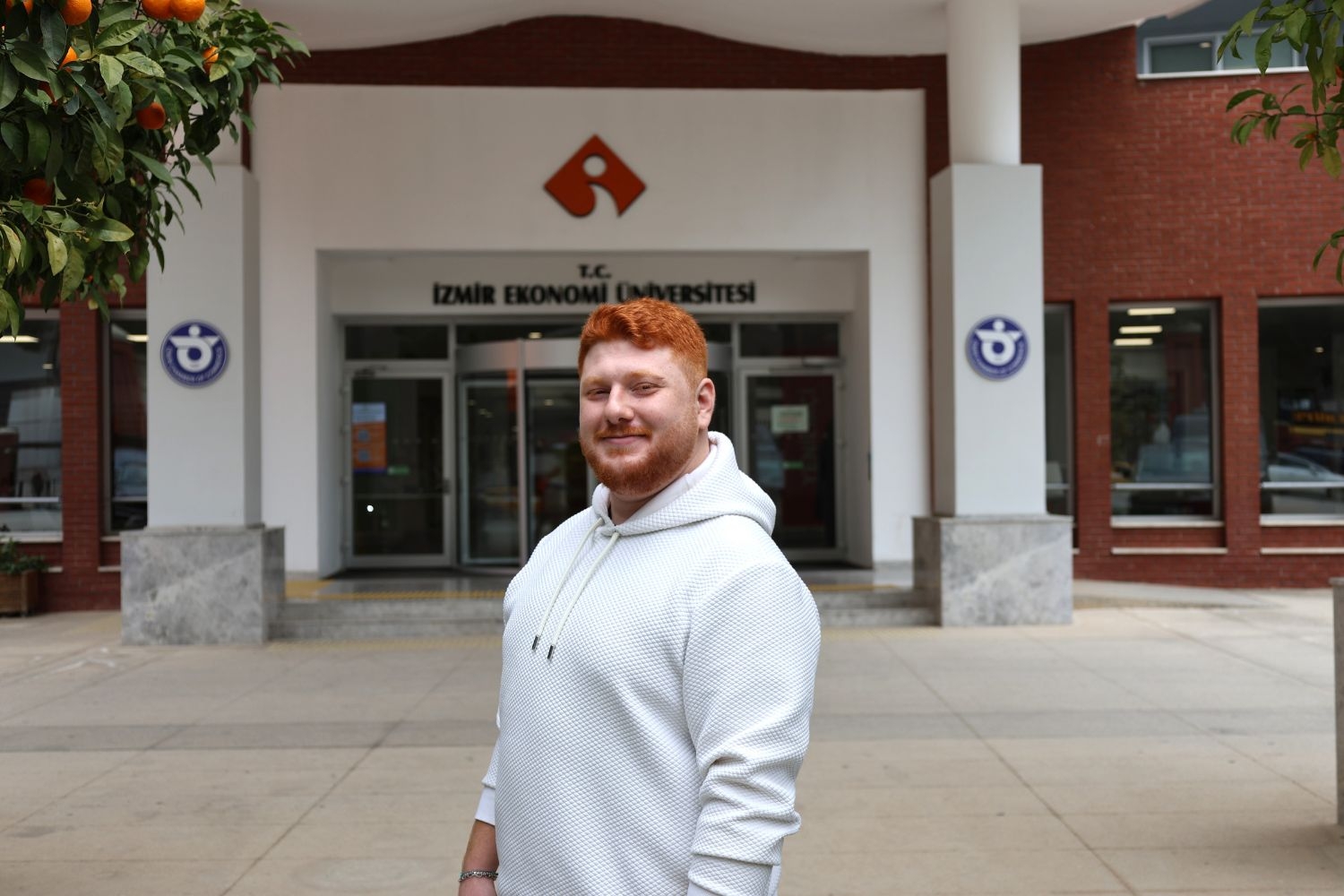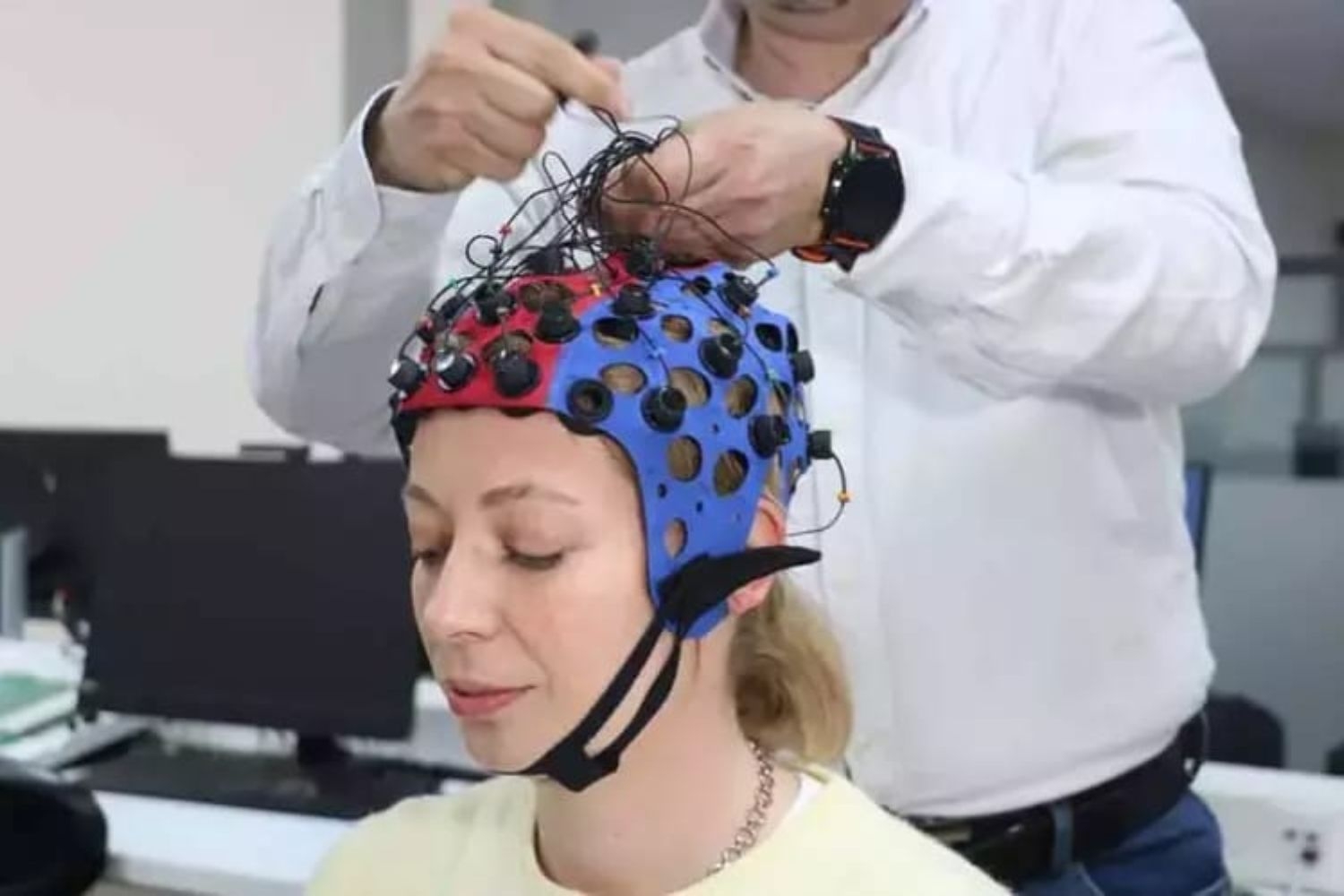FENG 497 - Graduation Project
Izmir University of Economics – Faculty of Engineering
FENG 497 – Graduation Project: Project Process, Timeline, and Important Announcements
Announcement Text:
Dear Students and Esteemed Faculty Members,
Within the scope of the FENG 497 – Graduation Project course for the 2025–2026 academic year, the project process, timeline, and evaluation criteria are detailed below. For more information, please refer to the attached Frequently Asked Questions (FAQ) document.
Group Formation and Project Process
Group Formation:
- After the add/drop period, student groups will be randomly assigned, with the condition that each group includes students from at least three different departments.
- Groups are expected to consist of 6–7 students.
- Each project advisor will be assigned approximately one group. Advisors with a lighter course load may be assigned more than one group.
- You can find your advisors and group lists from this link.
Project Theme
The themes for the 2025–2026 academic year are:
- Artificial Intelligence and Education
- Artificial Intelligence and Healthcare
Example project topics within these themes include:
- AI-powered educational applications
- Student performance tracking and personalized learning systems
- AI-based healthcare solutions
- Remote health services
- Emerging technological approaches in education
The exact project topic will be determined during the group’s first meeting with the advisor.
Important Dates
|
Process |
Date |
|---|---|
|
Group formation |
25 September |
|
Submission of project topics |
3 October |
|
Proposal submission |
14 November |
|
Final report submission |
9 January |
|
Final presentations |
15 January |
A Google Sheet link for entering project topics will be shared later.
Meetings and Supervision Guidelines
- Each group is required to meet with their advisor at least once per week, and meetings should preferably be held face-to-face.
- A minimum of 10 meeting reports must be prepared during the semester and signed by all participants.
- Meetings can be held online in cases such as health issues, conference attendance, or official holidays.
Evaluation Criteria
|
Criteria |
Weight |
Evaluation Type |
|---|---|---|
|
Participation (weekly meetings) |
10% |
Individual |
|
Individual performance (lab/work) |
40% |
Individual |
|
Proposal |
10% |
Group-based |
|
Final presentation |
10% |
Individual |
|
Final report |
20% |
Group-based |
|
Midterm exam |
10% |
Individual |
Note: Students who do not contribute to the project may not have their names included on the cover page and may receive a project grade of zero (0).
The midterm exam will consist of multiple-choice questions based on the course videos available on the course web page.
You can access the course syllabus here.
Attachments:
[Frequently Asked Questions (FAQ) Document]
Contact:
For any questions regarding the course, please contact the course coordinator, Dr. Ebru Sayılgan.
Video guides prepared for our students related to the FENG 497 course are listed below.
- Introduction & general information
- Grant Applications
- Method Development and Design of Experiments
- Ethics in Engineering and Plagiarism
- How to Perform a Literature Review
- Report Writing
- Poster and Presentation Preparation
The content and proposals available for our students throughout the term are presented below.
Graduation Project Proposal format
NEWSALL NEWS

Ruby, Rails, and HOTWIRE for Modern Web/Mobile Application Development Event Held Successfully
The Ruby, Rails, and HOTWIRE for Modern Web/Mobile Application Development event, organized by the Faculty of Engineering, Department of Software ...

TÜBİTAK 2209-B Support for FENG498 Final Project
Our students from the Department of Mechatronics Engineering at Izmir University of Economics, Ali Gül, Damla Köleli, Sude Kurt, Cem ...

TÜBİTAK 2209-B Support for Mechatronics Engineering Students
Among the projects eligible for support under the TÜBİTAK 2209-B – University Students Industry-Oriented Research Projects Support Program, the study ...

IZMIR UNIVERSITY OF ECONOMICS GÜZELBAHÇE CAMPUS
DetailsGLOBAL CAREER
As Izmir University of Economics transforms into a world-class university, it also raises successful young people with global competence.
More..CONTRIBUTION TO SCIENCE
Izmir University of Economics produces qualified knowledge and competent technologies.
More..VALUING PEOPLE
Izmir University of Economics sees producing social benefit as its reason for existence.
More..









